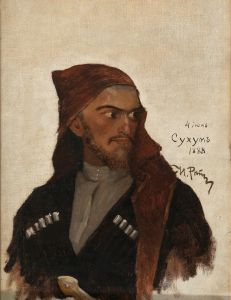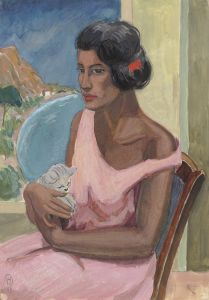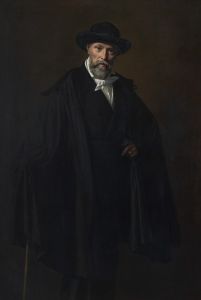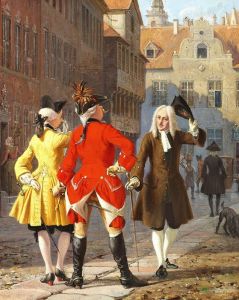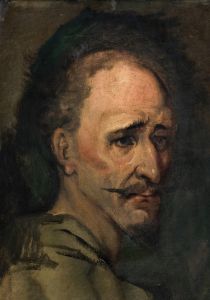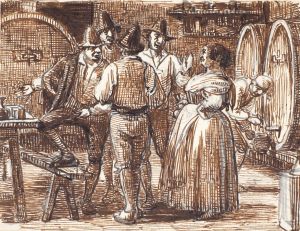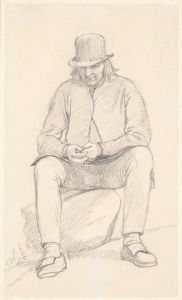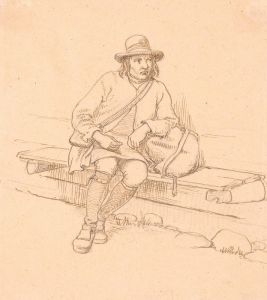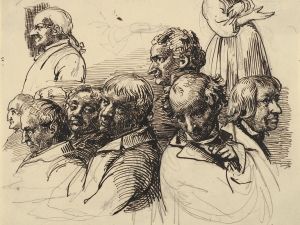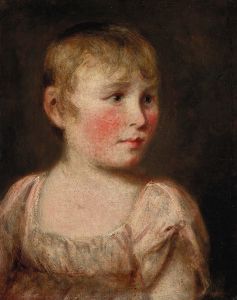
Siddende svensk bonde med skødeskind
A hand-painted replica of Wilhelm Marstrand’s masterpiece Siddende svensk bonde med skødeskind, meticulously crafted by professional artists to capture the true essence of the original. Each piece is created with museum-quality canvas and rare mineral pigments, carefully painted by experienced artists with delicate brushstrokes and rich, layered colors to perfectly recreate the texture of the original artwork. Unlike machine-printed reproductions, this hand-painted version brings the painting to life, infused with the artist’s emotions and skill in every stroke. Whether for personal collection or home decoration, it instantly elevates the artistic atmosphere of any space.
Wilhelm Marstrand's painting Siddende svensk bonde med skødeskind (translated as Seated Swedish Farmer with Apron) is a work by the renowned Danish artist Wilhelm Marstrand (1810–1873). Marstrand was a prominent figure of the Danish Golden Age, known for his genre scenes, portraits, and illustrations. His works often depicted everyday life, human emotions, and cultural settings with a keen eye for detail and a sense of narrative.
The painting portrays a seated Swedish farmer wearing traditional attire, including a distinctive apron or protective garment known as a "skødeskind" in Danish. This type of clothing was commonly associated with rural laborers and reflects the artist's interest in capturing the lives and appearances of ordinary people. The farmer is depicted in a relaxed pose, suggesting a moment of rest or contemplation. Marstrand's skillful use of light and shadow, as well as his attention to the textures of fabric and skin, lend the figure a sense of realism and vitality.
While Marstrand is best known for his lively depictions of social scenes and his illustrations of literary works, such as those for Ludvig Holberg's comedies and Miguel de Cervantes' Don Quixote, Siddende svensk bonde med skødeskind highlights his ability to focus on individual characters and their unique cultural identities. The painting reflects the artist's travels and his interest in documenting the people and customs he encountered.
The exact date of the painting's creation is not widely documented, but it is consistent with Marstrand's broader body of work, which often explored themes of everyday life and human character. The painting is an example of the artist's ability to combine technical mastery with a deep empathy for his subjects.
As of now, specific details about the painting's current location, provenance, or exhibition history are not readily available in public records. However, it remains an important example of Marstrand's contribution to 19th-century Danish art and his role in portraying the cultural diversity of Scandinavia during his time.








